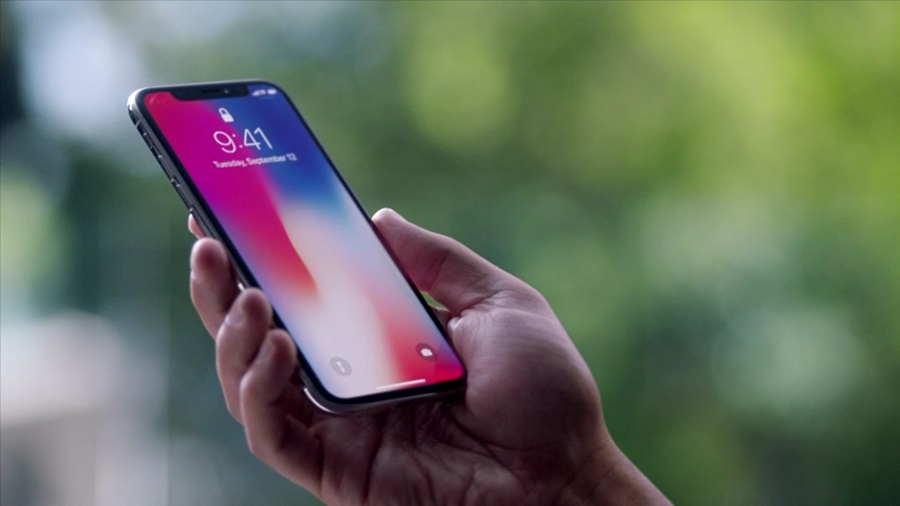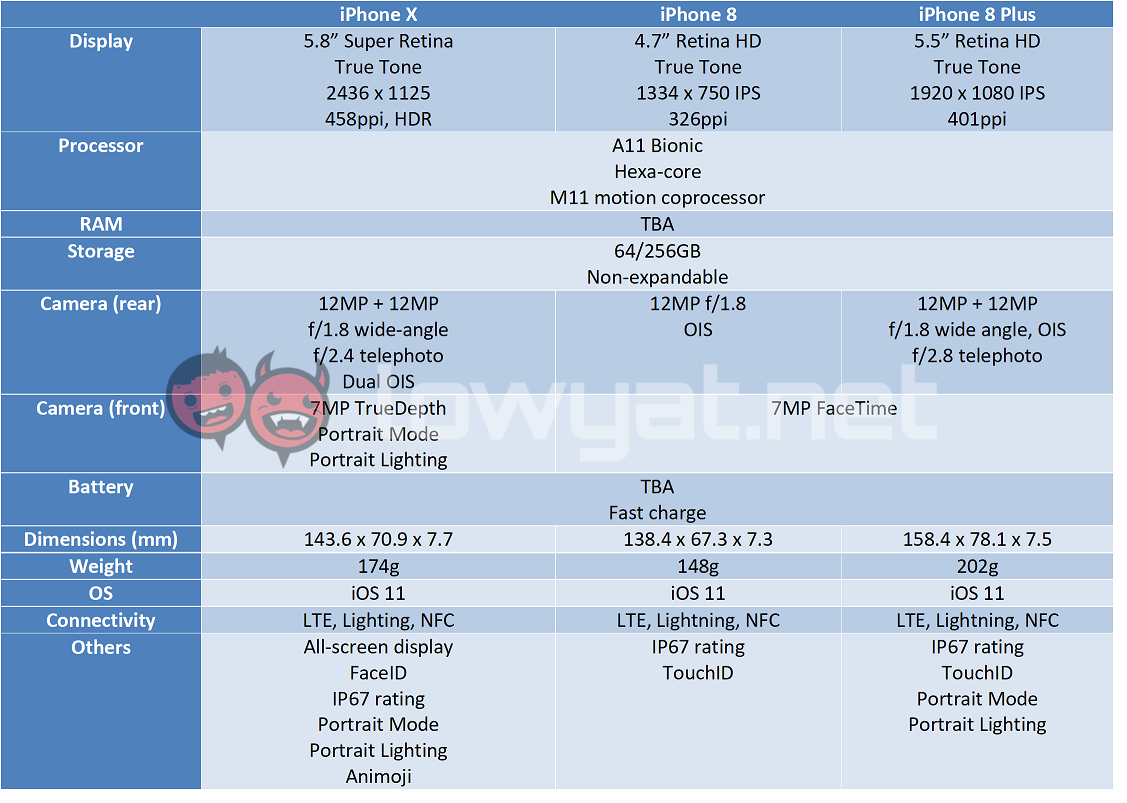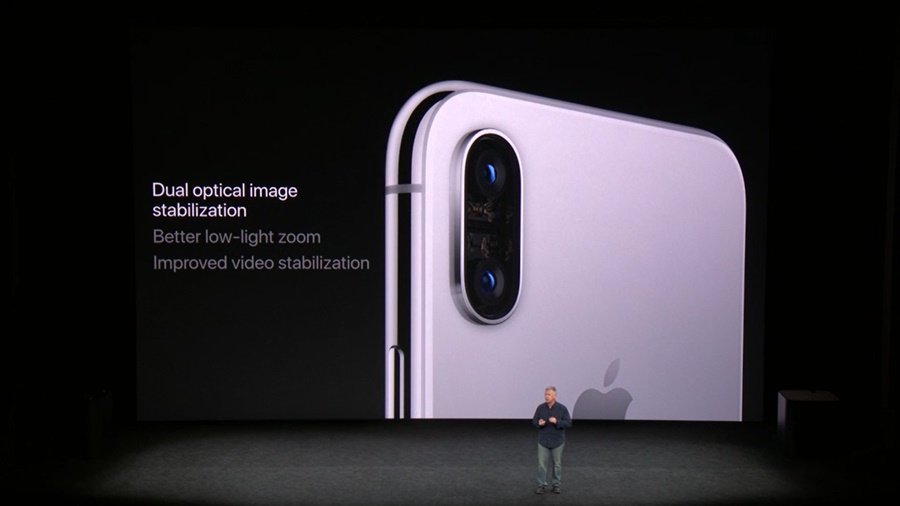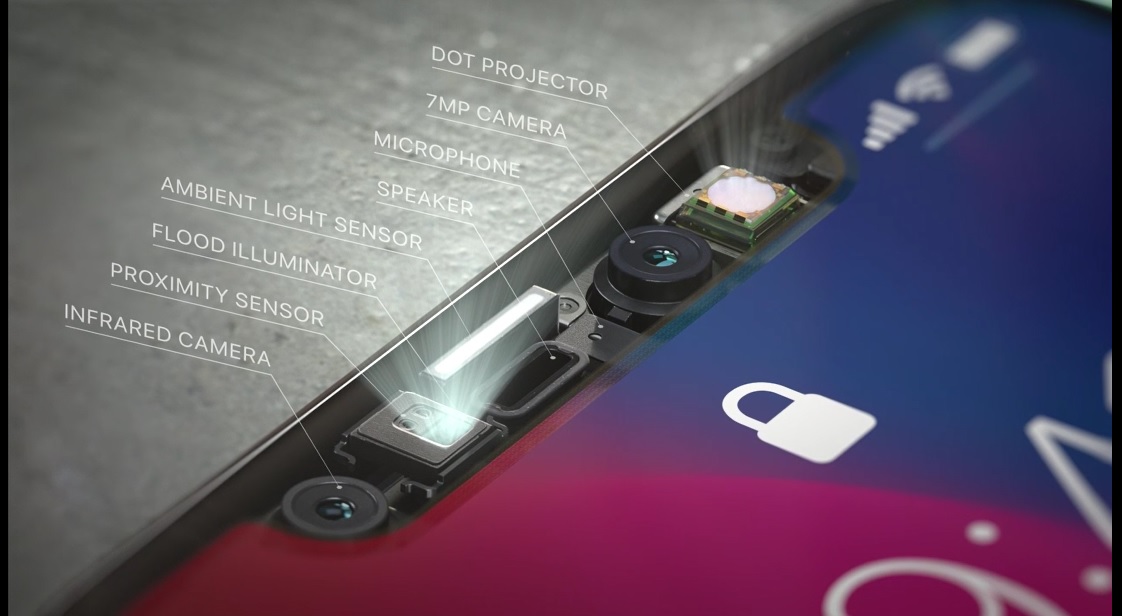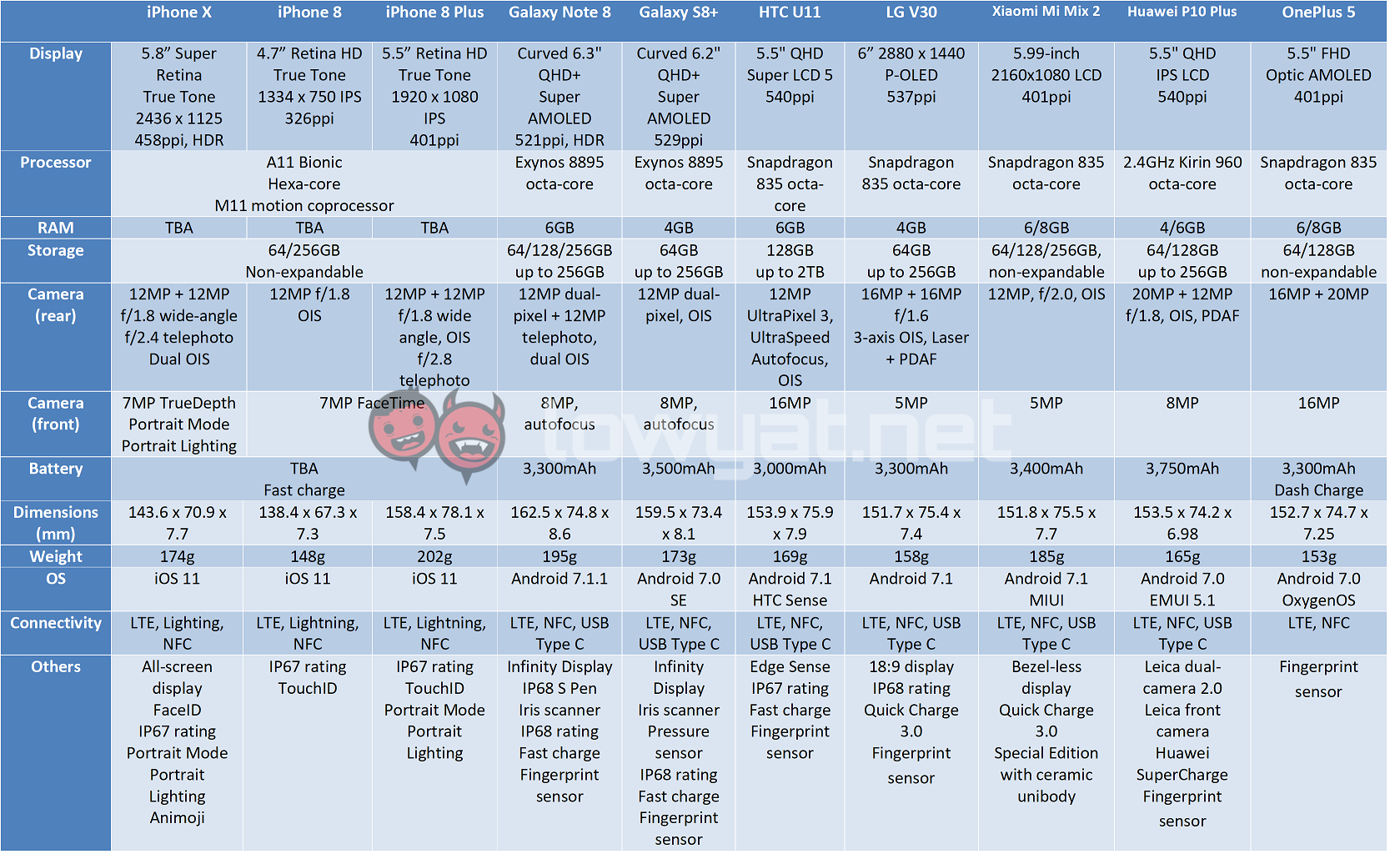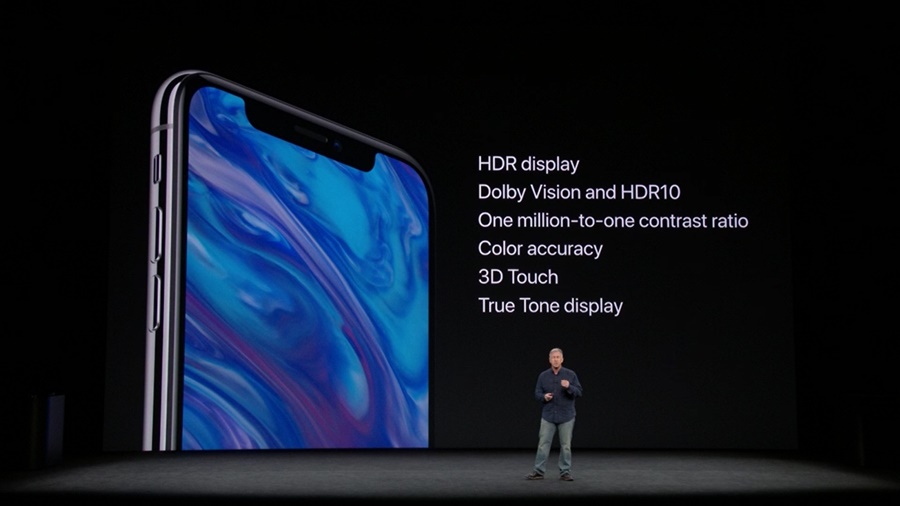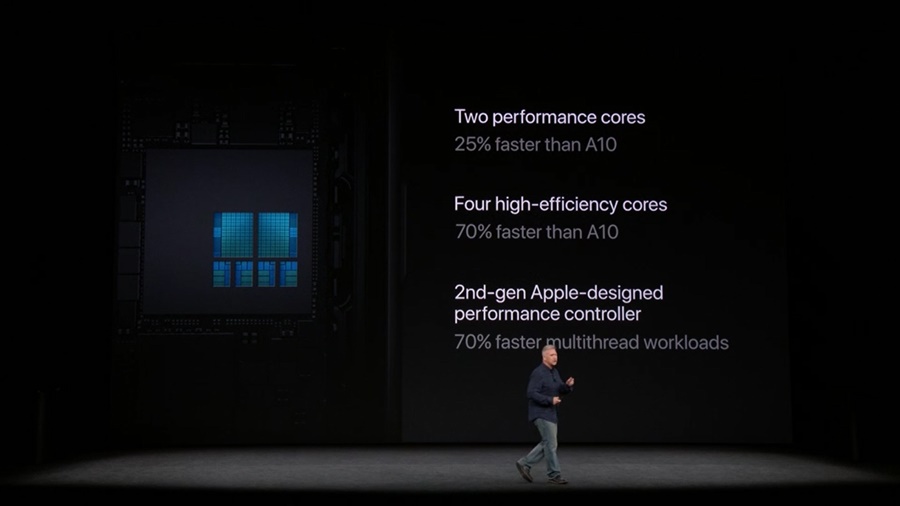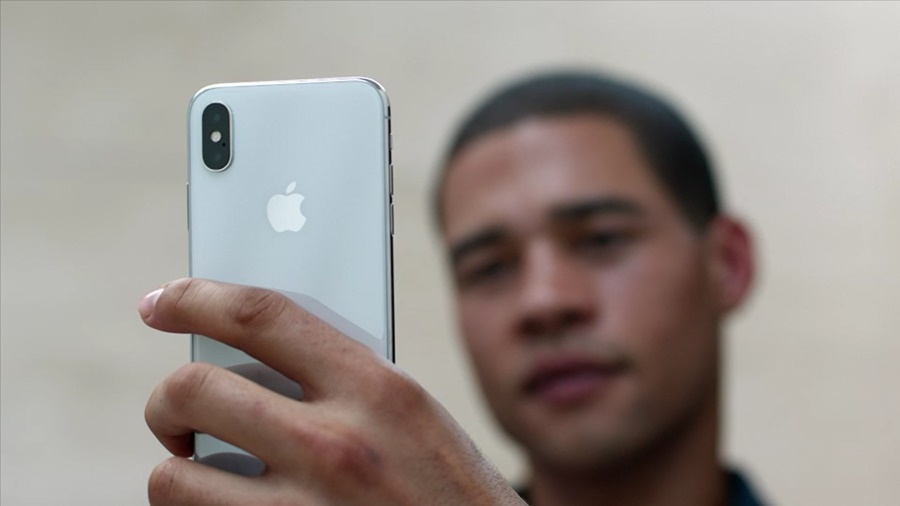With the new iPhone 8, iPhone 8 Plus, and iPhone X, Apple has attempted both the iterative and innovative approaches in a single swoop. The iPhone 8 models appear to be refreshed versions of the iPhone 7, while the iPhone X is a bold new look at how Apple envisions the smartphone of the future.
Looking at the hardware list of the new iPhones, it is clear that the iPhone 8 models appear to be refreshes of the iPhone 7 and iPhone 7 Plus with some minor spec bumps. Its design, too, are almost indistinguishable – though the new glass backs are definitely noticeable in the hands.
One piece of good news is that Apple will be starting with 64GB of internal storage for all base iPhone models. It is crazy to think that the company only fully removed 16GB models last year on the iPhone 7, replacing it with 32GB. With iPhones not supporting expandable storage, this is a huge deal. It should also be noted that there are only two storage options available, with the other being a massive 256GB.
The other piece of good news comes in the form of fast charging support across all three models. It is a quiet affair, with Apple preferring to focus on the equally new wireless charging support onstage, but fast charging is, for us at least, the bigger deal here – we charge our phones everyday, and there’s no need to purchase an additional accessory to take advantage of this.
As for the camera, the iPhone 8 models appear to retain the same set of sensors (on paper, at least). There’s a new Portrait Lighting mode, but the real benefits go to the iPhone X. The telephoto lens has a larger f/2.4 aperture, which doesn’t sound like much, but it is also optically stabilised, both of which should mean better low-light performance.
Similarly, the front camera has also been upgraded as well. Dubbed TrueDepth, the 7MP camera can now use Portrait Mode too.
But of course, the question that will be on the common consumer’s lips will be: how good are these new smartphones compared to 2017’s finest Android smartphones? It is obviously way too early to tell, but an initial indicator can be seen from its hardware list.
Unfortunately, Apple does not disclose two things about the iPhones’ hardware: battery capacity and memory. We’ll update the table below when it becomes available, but here’s a table of comparison between the three iPhone models as well as some of the most popular Android smartphones released this year:
Because of they way iOS and Android work, comparing them from purely a hardware basis and jumping to the conclusion that virtually any Android flagship is better than the iPhone is inaccurate. iOS uses processing power more efficiently, while memory management is generally a lot better on that platform.
However, as the table shows, the iPhone X holds its own in many categories when compared with its Android rivals. There’s a new Super Retina display that has HDR support – something only the Samsung and LG flagships can match (though their pixel densities are still higher than the iPhone X).
The iPhone X has OIS on both its sensors as well, which only the Samsung Galaxy Note 8 has. Meanwhile, its huge screen-to-body ratio means it is smaller (by length and width) than any of the phones in the table above.
But, key to the abilities of the new iPhones is in the processor. Apple has a new processor called the A11 Bionic, and it is naturally faster than last year’s already-powerful A10 Fusion. It is Apple’s first hexa-core chipset, featuring two high-performance cores paired with four power-efficient ones. We’ll let the synthetic benchmark results tell the story when they are officially released.
Finally, there’s one aspect the hardware list does not show: price. The new iPhone 8 and iPhone 8 Plus will retail from $699 (about RM2,940) and $799 (about RM3,360) respectively, while the iPhone X will start from $999 (about RM4,200). That is not exactly affordable, but then again, so are some of the recent Android smartphones that have been released.
Ultimately, it is down to the individual’s preferences – and how deeply locked they are within their current smartphone ecosystems.
Follow us on Instagram, Facebook, Twitter or Telegram for more updates and breaking news.


